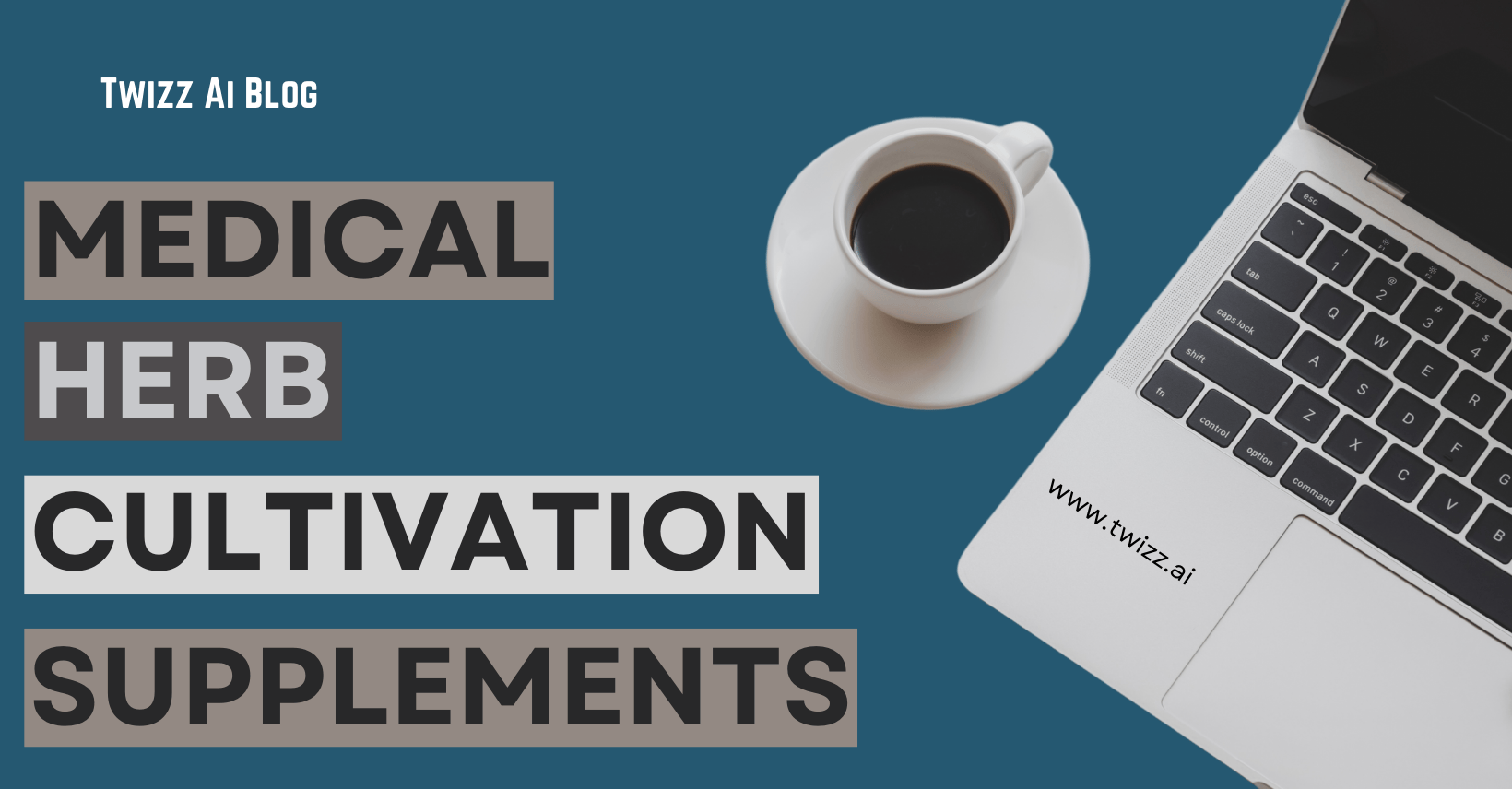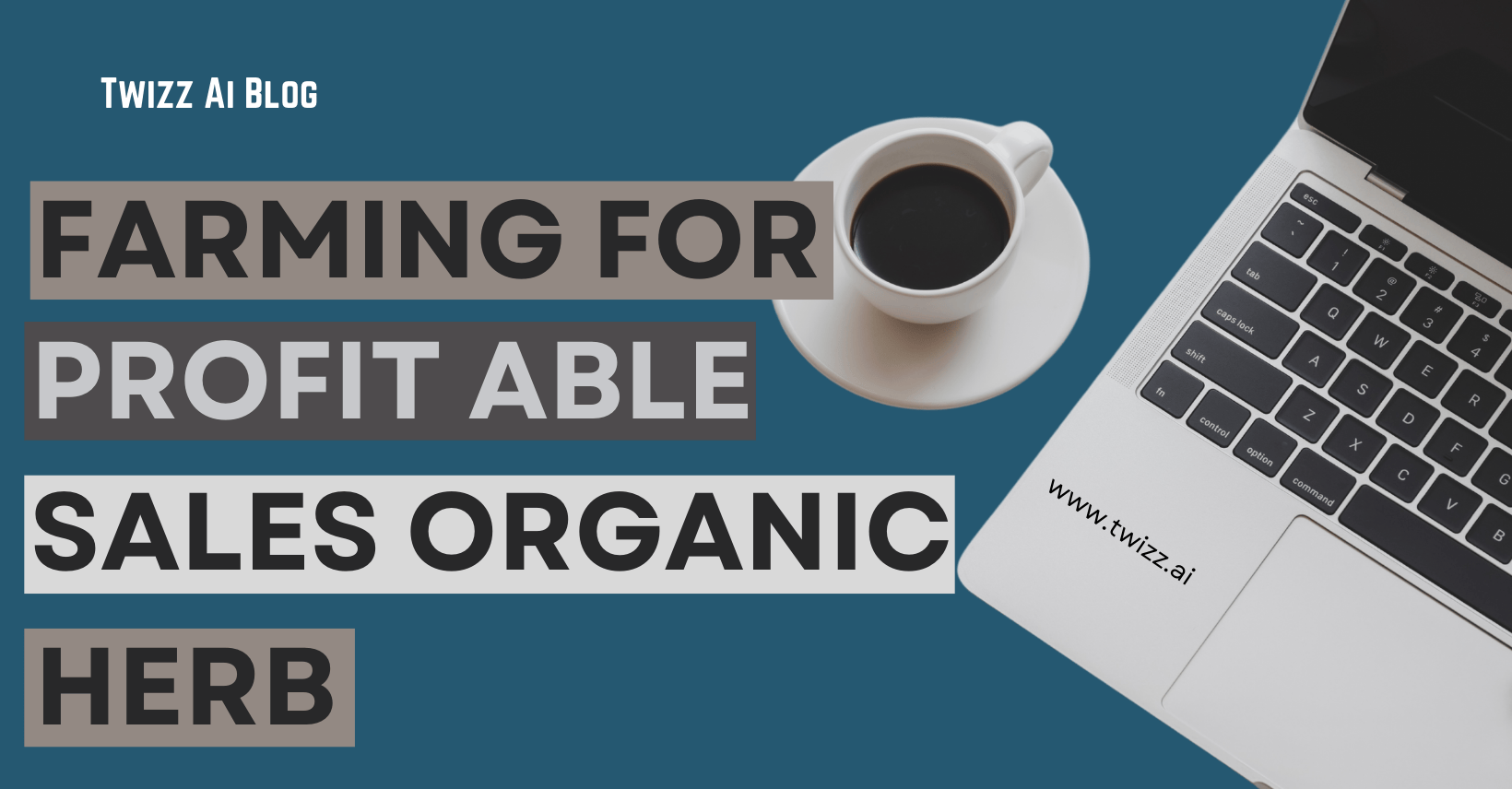Medicinal Herb Cultivation for Producing Teas and Herbal Supplements in High Demand
Introduction
In a realm where nature and science converge, medicinal herb cultivation is both an ancient art and a modern discipline. This narrative delves into the intricate processes of nurturing botanical wonders that transform into revered teas and potent herbal supplements. The journey embraces a legacy steeped in tradition while continuously reinventing through sustainable practices and technological innovations to satisfy an ever-growing demand among discerning connoisseurs and expert practitioners.
Historical Perspective and Modern Innovations
For centuries, herbal medicine held a distinguished place across diverse cultures. Early civilizations revered herbs not solely as culinary accents but as reservoirs of healing and nourishment. Today, expert agronomists and herbalists have refined these age-old methodologies and intertwined them with scientific inquiry. This synthesis of tradition and progress has given rise to cultivation techniques that are both environmentally attuned and highly productive. In regions blessed with diverse microclimates, these approaches yield exceptional crops prized for their medicinal attributes and complex flavor profiles.
The Intricacies of Soil and Climatic Harmony
Achieving excellence in medicinal herb cultivation demands a meticulous understanding of the environment. Soil quality and climatic conditions are paramount in determining the phytochemical spectrum of herbs. A deliberate approach to land management ensures that each botanical specimen exhibits the desired potency and distinctive characteristics demanded by premium teas and supplements.
Selecting Ideal Cultivation Land
The journey begins with identifying plots endowed with rich, loamy soils that nurture balanced pH levels and abundant organic matter. Areas with natural drainage and minimal contamination prove ideal for cultivating herbs that require freedom from water stagnation. A comprehensive land assessment involves scrutinizing historical land usage, ambient temperature fluctuations, and humidity levels to lay a robust foundation for an herb garden destined for excellence.
Soil Preparation and Organic Amendments
Before planting, the soil must undergo careful preparation to foster a nutrient-dense medium. Incorporating organic compost and biofertilizers revitalizes the earth and enriches microbial activity, essential for robust plant growth. Avoiding synthetic chemicals preserves the ecological integrity of the cultivation site and ensures that the herbs maintain their intrinsic medicinal qualities. This commitment to organic amendments garners respect from environmental purists and modern agronomists while bolstering the final product’s purity.
Propagation and Genetic Diversity
Achieving superior quality in medicinal herbs involves a strategic propagation approach that harnesses genetic diversity and consistency. Preserving a diverse genetic portfolio, whether initiated from seeds or through clonal propagation, is crucial. Varied genetic lines contribute to an extensive spectrum of phytochemical profiles that address the end products’ specific health benefits and flavor nuances.
Seed Germination and Clonal Propagation
The cultivation process often commences with seed germination under carefully controlled conditions that mimic nature’s cycles. Seasoned practitioners employ stratification techniques, ensuring that seeds experience alternating periods of cold and warmth to stimulate optimal sprouting. Alternatively, clonal propagation allows cultivators to replicate high-performing specimens. This technique yields consistency in potency and sensory attributes, a vital factor when crafting products for a meticulous market.
Cultivar Selection for Maximum Potency
Choosing the right cultivars is a nuanced process that demands expertise in phytochemistry and an appreciation for genetic variability. Cultivators guarantee that the herbs deliver potent therapeutic effects by selecting strains known for their high concentrations of bioactive compounds. Evaluating factors such as plant morphology, resilience against local pests, and compatibility with organic cultivation practices ensures that only the most promising candidates progress through the production pipeline.
Sustainable Practices and Organic Integrity
The modern herbal market increasingly values products that embody sustainability and purity. Organic cultivation practices enhance consumer health and respect the natural ecosystem. A steadfast commitment to eco-friendly methods ensures that the cultivation cycle remains harmonious with nature while producing superior botanicals.
Natural Pest Management and Eco-friendly Practices
Conventional pest control strategies often rely on chemical interventions that can compromise the purity of medicinal herbs. In contrast, contemporary herbal cultivation favors biological pest control methods. Employing predatory insects and natural repellents offers an effective alternative to synthetic pesticides. Techniques such as crop rotation, intercropping, and companion planting contribute to a balanced ecosystem, naturally deterring pests while preserving soil fertility and the integrity of the crops.
Water Conservation and Microclimate Regulation
Efficient water management forms a cornerstone of sustainable herb cultivation. Utilizing drip irrigation systems and moisture-retentive mulches conserves water and fosters a stable microclimate around the root systems. These methods optimize hydration and mitigate the risk of fungal diseases and moisture-related complications. Cultivators can secure high yields and maintain product excellence without jeopardizing environmental health by emphasizing resource conservation.
Harvesting and Processing for Herbal Excellence
Transitioning from a thriving herb garden to producing high-quality teas and supplements requires a disciplined approach to harvesting and processing. Precision is essential when determining the optimal moment for harvest, as the medicinal properties of herbs peak during specific phases of the growth cycle. Timing the collection appropriately preserves the bioactive compounds and ensures that the final products are as potent as they are flavorful.
Timing the Harvest with Precision
Harvesting demands scientific observation and an intuitive understanding of the plant’s lifecycle. Subtle changes in the plant’s appearance and aroma identify the ideal moment for collection. Recognizing these signals allows cultivators to harvest when the concentration of essential oils and bioactive compounds is at its zenith. Such precision minimizes the degradation of valuable phytochemicals and fortifies the therapeutic efficacy of the herbs.
Post-harvest Handling and Drying Techniques
Following harvest, meticulous post-harvest handling is essential to safeguard the medicinal properties of the herbs. Immediate processing helps prevent oxidation and the deterioration of vital compounds. Traditional drying methods, such as sun-drying in shaded environments, are often employed to gently remove moisture while retaining the herb’s delicate balance of volatile compounds. Modern innovations have introduced controlled dehydrators that accurately regulate temperature and humidity. Whether employing time-honored techniques or state-of-the-art technology, the goal remains to lock in potency and preserve the herb’s intrinsic benefits.
Artisanal Crafting of Teas and Supplements
Transforming raw medicinal herbs into refined teas and supplements requires an artisanal approach, marring empirical knowledge with creative innovation. This production phase pays homage to centuries of herbal wisdom while adapting to contemporary consumer preferences. The process is as much an art as a science, where each blend is a testament to the dedication of cultivators and formulators.
Formulating Unique Blends for a Sophisticated Palate
Herbal teas and supplements are often conceived as bespoke blends, meticulously formulated to address distinct health concerns and offer unique sensory experiences. Artisans experiment with rare botanical pairings and subtle flavor enhancers to create products that are as pleasing to the palate as beneficial for well-being. The careful selection and blending of complementary herbs enrich the flavor profile and amplify the therapeutic impact. This level of craftsmanship requires a deep understanding of herbology and a flair for innovation, ensuring every product stands out in a competitive marketplace.
Embracing Tradition While Infusing Innovation
The creation of herbal supplements is an evolving craft that honors time-honored recipes while embracing contemporary advances. Formulators draw upon ancient traditions, integrating them with modern scientific methodologies to create authentic and effective products. Rigorous testing, consumer feedback, and inventive experimentation converge to yield supplements that respect heritage and respond to modern health challenges. This dual approach fosters a vibrant field where ancient remedies are revitalized, offering solutions that resonate with tradition and innovation.
Marketing Strategies and Niche Domination
Connecting with an audience that values quality and expertise demands refined marketing strategies. In an increasingly competitive market, the story behind herbal products becomes a powerful tool for establishing credibility and attracting loyal customers. Effective marketing leverages the rich narrative of the cultivation process to differentiate products and highlight their unique attributes.
Storytelling and Brand Narratives
Every batch of herbal products carries a narrative that weaves history, passion, and scientific precision together. Marketers craft compelling brand stories that connect consumers to the land and the dedicated individuals behind each product. Sharing detailed accounts of the cultivation journey, from soil preparation to artisanal processing, imbues the brand with authenticity and fosters trust. This storytelling approach resonates with consumers who value transparency and appreciate the intricate efforts invested in producing high-quality herbal supplements.
Customer Education and Expert Engagement
Educating consumers about the benefits of medicinal herbs is as vital as the cultivation process itself. Detailed guides, interactive workshops, and engaging seminars help build a community of well-informed enthusiasts who understand the science and artistry behind herbal products. Expert-led sessions, whether in-person or via digital platforms, bolster credibility and reinforce the brand’s commitment to quality and sustainability. By empowering customers with knowledge, brands create a loyal following invested in the product and its heritage.
Tips and Tricks for Successful Cultivation
Cultivators aspiring to excellence in medicinal herb production can benefit from several practical insights from seasoned experts. A combination of meticulous planning, continual observation, and adaptive management can elevate cultivation practices.
Begin with a comprehensive soil testing routine to ascertain nutrient levels and pH balance. Tailor organic amendments based on precise soil data to create an environment where herbs can flourish. Adopt a rotational planting schedule to naturally deter pest infestations and maintain soil fertility. Remain vigilant in monitoring microclimatic changes to fine-tune irrigation practices and manage shading effectively. Experiment with pilot plots to refine propagation and harvesting techniques on a small scale before transitioning to more significant operations. Integrate traditional wisdom with modern agronomic practices to unearth innovative strategies that enhance yield and medicinal potency.
Invest in thorough record-keeping to track growth patterns, environmental fluctuations, and harvest outcomes. Detailed logs are invaluable for identifying trends and guiding future cultivation cycles. Forge connections with fellow experts and participate in professional networks to stay abreast of emerging research and innovative practices in herbal cultivation. This collaborative approach enriches one’s knowledge base and fosters a community of practice dedicated to advancing sustainable herbal agriculture. Remain adaptable and open to continuous learning as the environment evolves and cultivators refine their methods.
Finale
The odyssey of medicinal herb cultivation transcends conventional agricultural practices. It is a multifaceted journey that intertwines heritage, scientific inquiry, and creative artistry to yield teas and herbal supplements revered for their potency and purity. Each stage, from carefully selecting land and soil preparation to the artisanal crafting of refined blends, reflects an unwavering commitment to excellence. For those with an expert eye and an unyielding passion for innovation, medicinal herb cultivation offers a gateway to producing products that heal and tell a profound story of nature’s bounty and human ingenuity. Embrace this journey with diligence and creativity and witness the transformation of humble herbs into extraordinary elixirs that captivate and heal in equal measure.





